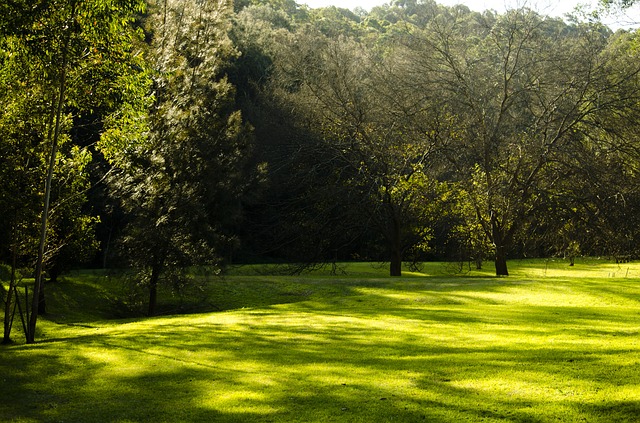When you are going to seed your yard, one of the things you have to do is to choose your grass seed type. But with so many types of grass seed available, how do you know which one to choose? Below are three factors you want to consider to help you find the right one.

Shade Levels in Grass Seed Type
This will generally affect how much shade and sun exposure your grass is able to take. Some types of seed, such as fescues do well in partial shade. Other kinds, such as bermudagrass, need full exposure to the sun.
How Much Wear & Tear Your Grass Seed Type Will Go Through
Traffic’s all about the amount of footfall you expect your lawn to take. When you choose a type of grass seed, you want to consider the species heartiness. This is going to help you with making the right decision.
This is important because you’ll choose a kind that isn’t likely to get patchy brown spots or become dry in particular conditions. You also won’t want to choose a seed that’s too coarse, too delicate, or too thatchy for what you’re going to do.
For instance, people who have young children and plan to enjoy the lawn with mini pools or water spots should choose Kentucky bluegrass instead of fine fescue.
When you are choosing your grass seed, think about what your lawn’s going to go through on a regular basis. This will help you with choosing the right one.
How Big Your Yard Is
The lot’s size is going to affect the type of seed and the amount you’ll need for a beautiful healthy lawn. If you have a large site and you are on a tight budget, a good choice is turfgrass seed.
Something to look for when you want to know how good the bag of grass seed is is to look for the PLS percentage. This measures whether a seeding reduced price is really saving you money.
PLS gets calculated by looking at how much, or the percentage, there is of pure seed is, and then multiplying that number by the germination percentage. Then that product’s divided by the number 100.
For instance, if there’s a pure seed of 85%, and a germination of 72%, the output’s 61% PLS.
Now you divide 100 by the PLS. In this example, you get 1.6, so you would need 1.6 pounds of seed with 85% purity and a germination of 72%>
The price that you have to pay is going to tell you if it’s a deal or if you want to look elsewhere.
These are three things to consider to help you choose the right grass seed for you. We offer lawn seeding and renovation, so if you are interested in a no-obligation estimate, please contact us today.




